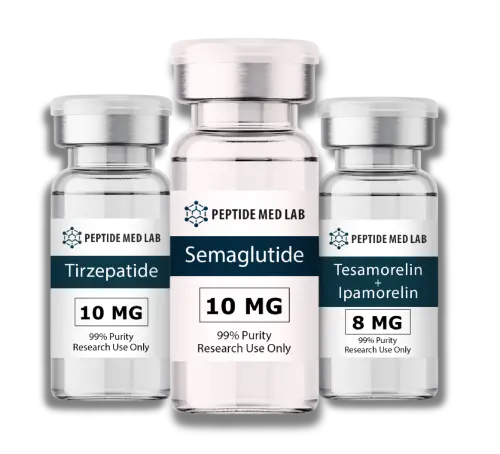Research Indicates SS-31’s Potential in Mitigating Oxygen Deprivation-Induced Cell Death and Enhancing Diaphragmatic Function
In the realm of medical science, groundbreaking discoveries often arise from meticulous research and experimentation. One such discovery revolves around the promising capabilities of SS-31, a compound that has shown remarkable potential in reducing cell death caused by oxygen deprivation and enhancing diaphragmatic breathing. This revelation opens up new avenues for therapeutic intervention in conditions where oxygen loss poses a significant threat to cellular health and respiratory function.
Oxygen deprivation, or hypoxia, can have severe consequences for cellular viability and organ function. When cells are deprived of oxygen, they enter a state of distress, leading to cellular damage and, in severe cases, cell death. This phenomenon is particularly relevant in conditions such as stroke, heart attack, and respiratory failure, where adequate oxygen supply to tissues and organs is compromised. Finding ways to mitigate the harmful effects of hypoxia is therefore of paramount importance in the field of medicine.
SS-31, a peptide with antioxidant properties, has emerged as a potential therapeutic agent in combating the detrimental effects of oxygen deprivation. Studies have shown that SS-31 can effectively scavenge reactive oxygen species (ROS), which are highly reactive molecules generated during hypoxic conditions and contribute to cellular damage. By neutralizing ROS, SS-31 helps preserve cellular integrity and function, reducing the likelihood of cell death in hypoxic environments.
Furthermore, research suggests that SS-31 may play a role in improving diaphragmatic breathing, the primary muscle responsible for respiration. Dysfunction of the diaphragm can lead to impaired breathing patterns and respiratory insufficiency, posing a significant threat to overall health and quality of life. Preliminary studies indicate that SS-31 may enhance diaphragmatic function, potentially by improving mitochondrial function and reducing oxidative stress within diaphragmatic muscle cells.
The implications of these findings are profound, offering new hope for individuals suffering from conditions characterized by oxygen deprivation and respiratory dysfunction. By targeting the underlying mechanisms of cellular damage and respiratory impairment, SS-31 holds promise as a therapeutic intervention that could improve outcomes and quality of life for patients facing these challenges.
However, it is important to acknowledge that further research is needed to fully understand the mechanisms of action and therapeutic potential of SS-31 in hypoxia-related conditions. Clinical trials involving human subjects will be essential to evaluate the safety and efficacy of SS-31 administration in real-world settings. Additionally, efforts to optimize dosing regimens and delivery methods will be critical to maximizing the benefits of SS-31 while minimizing potential risks and side effects.
Despite these challenges, the discovery of SS-31’s ability to mitigate oxygen deprivation-induced cell death and enhance diaphragmatic function represents a significant step forward in the quest for innovative medical treatments. As researchers continue to unravel the complexities of hypoxia and respiratory dysfunction, SS-31 stands out as a beacon of hope, offering the potential to transform the lives of patients grappling with these debilitating conditions.
In conclusion, the findings surrounding SS-31’s therapeutic potential underscore the importance of continued investment in scientific research and medical innovation. By harnessing the power of compounds like SS-31, we may unlock new possibilities for treating hypoxia-related conditions and improving respiratory health. As we look to the future, let us remain vigilant in our pursuit of knowledge and unwavering in our commitment to advancing the frontiers of medicine for the betterment of humanity.


